20 Sega Genesis Games That Were Way Ahead of Their Time
It was the console that did what Nintendon't, but which Sega Genesis games were truly ahead of their time?
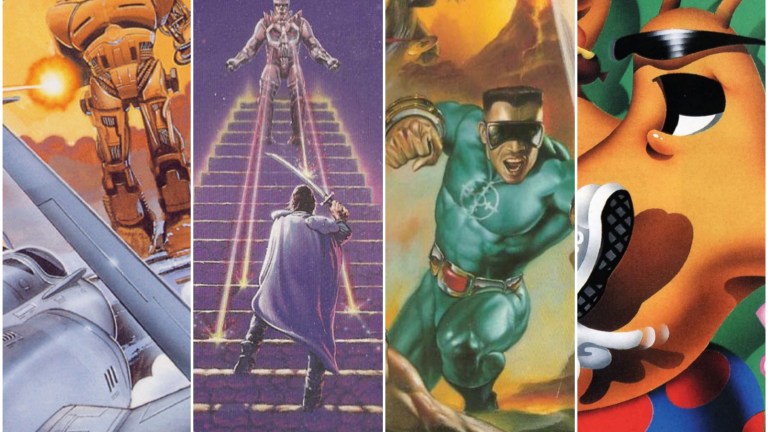
The Sega Genesis is one of the greatest consoles ever made as well as Sega’s best attempt at reaching the top of the console gaming world. Indeed, in their effort to do just about everything a little differently from how Nintendo thought things should be done, Sega ultimately turned the Genesis into the home of many games that were underrated, overlooked, and quite simply ahead of their time.
To tell you the truth, this was a tough list to put together. There were so many Genesis games that were worthy of the title “ahead of their time” or simply deserved that deeper look they are too often denied. There were so many games that I not only felt deserved to be on this list but that I personally really wanted to feature on this list simply to have the chance to talk about them a little more. Ultimately, though, it came down to a select group of games that felt like they were pulled from the future and ported to the Genesis.
Before you take a look at those games, though, please consider some of the criteria I used to help during the selection process.
- Any games released for the Sega Genesis, Mega Drive, or both platforms were considered eligible for this list. In other words, a game didn’t need to get a global release to be considered eligible.
- After some consideration, I decided to include Sega CD and Sega 32X games on this list. Those peripherals were ultimately part of the Genesis’ legacy, and there were really only a few games released for either add-on that were seriously considered for a spot on this list.
- While I gave special priority to innovative games that also commercially underperformed, not every game on this list was a flop. Similarly, I tried to feature an array of genres and concepts, but there wasn’t a strict rule that determined how many of a certain kind of game could make this list.
- Finally, there is no one aspect that makes a game “ahead of its time.” Generally speaking, any game that featured innovative ideas in terms of its visuals, gameplay mechanics, or storytelling was considered eligible for this list.
With that out of the way, here are 20 Sega Genesis games that were truly ahead of their time.
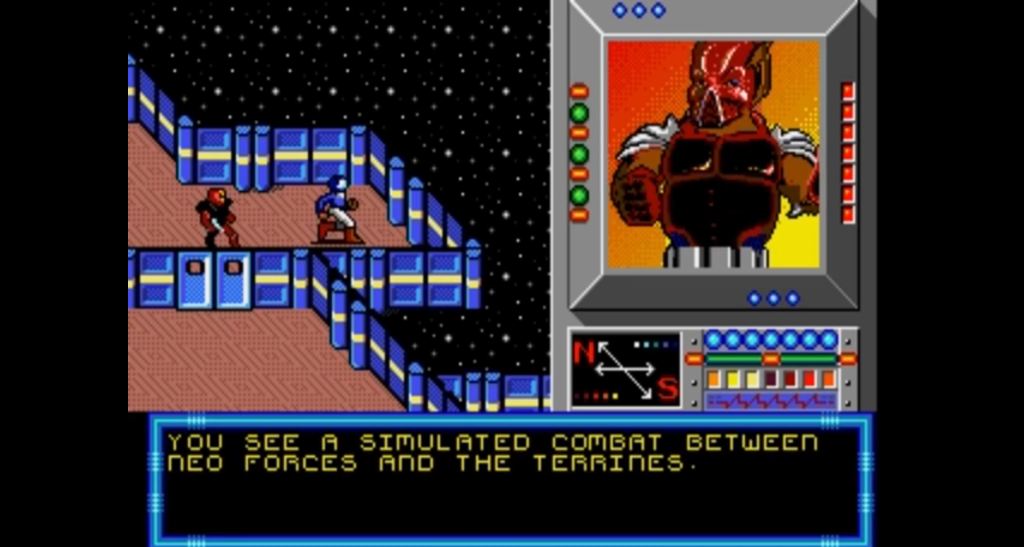
20. Buck Rogers: Countdown to Doomsday
I suppose the easiest way to describe this game would be to call it a blend of classic XCOM concepts and tabletop D&D mechanics. Then again, it’s not exactly easy to briefly describe a game that was so complicated that it came with an 85 (!) page manual filled with hints, strategies, and explanations.
Even with that book, you’ll have a hard time figuring out this game’s blend of sci-fi strategy combat, RPG overworld navigation, and ship-to-ship combat sequences. Nearly every choice you make in this game has some kind of consequence, and you’re going to be forced to make a lot of choices as you navigate this massive adventure. While you could argue that this game ultimately tried to do a little too much, it’s hard to deny its ambition, creativity, depth, and desire to be different.
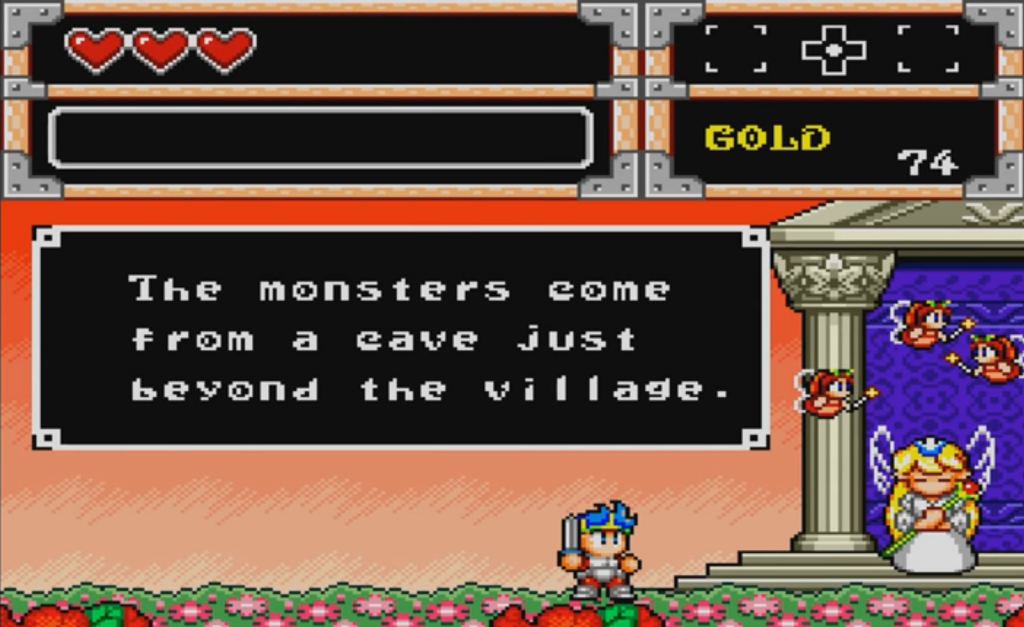
19. Wonder Boy in Monster World
If you can get past this game’s somewhat simple (though colorful) visuals, you’ll find that it’s actually one of the deepest and most mechanically creative action platformers of its era. Actually, I honestly consider this game to be the better version of Zelda II: The Adventures of Link in many respects.
Wonder Boy’s ocarina-based puzzle/exploration sequences, merchants/inns, and item-based environmental abilities will certainly make some Zelda fans go “hmmm.” Ultimately, though, Wonder Boy distinguishes itself via its combat. It would be years before we saw more platform games successfully utilize this title’s RPG combat elements (like inventory slots, companions, and alternate weapons) quite as well as Wonder Boy utilized them way back in 1991.
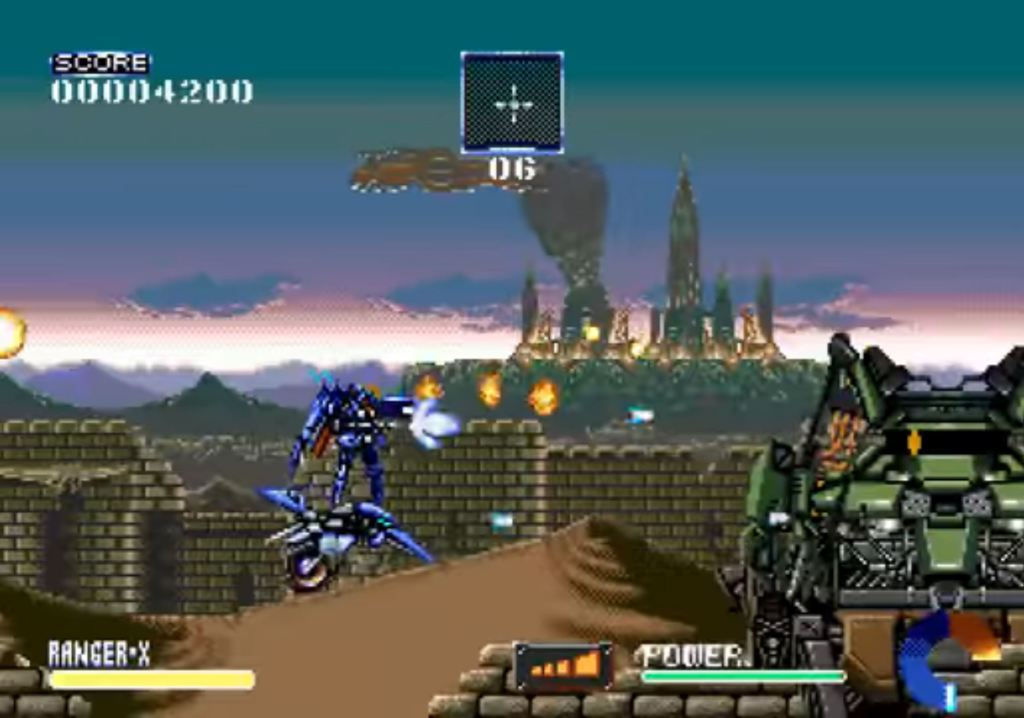
18. Ranger-X
You could make the argument that Ranger-X deserves to be on this list for the quality of its visuals alone. Seriously, some of the background effects and animations in this game push Genesis to its technological limits in surprising ways. Ultimately, though, it’s this game’s controls that made it so fascinating.
Genesis gamers with access to a six-button controller could actually use all of those buttons to independently control Ranger-X and his companion vehicle. While occasionally clunky, those controls really opened up some new strategic possibilities that made this side-scrolling action title so much more ambitious than the other great games in that genre at the time. This was an interesting sneak peek at the future of the action genre.
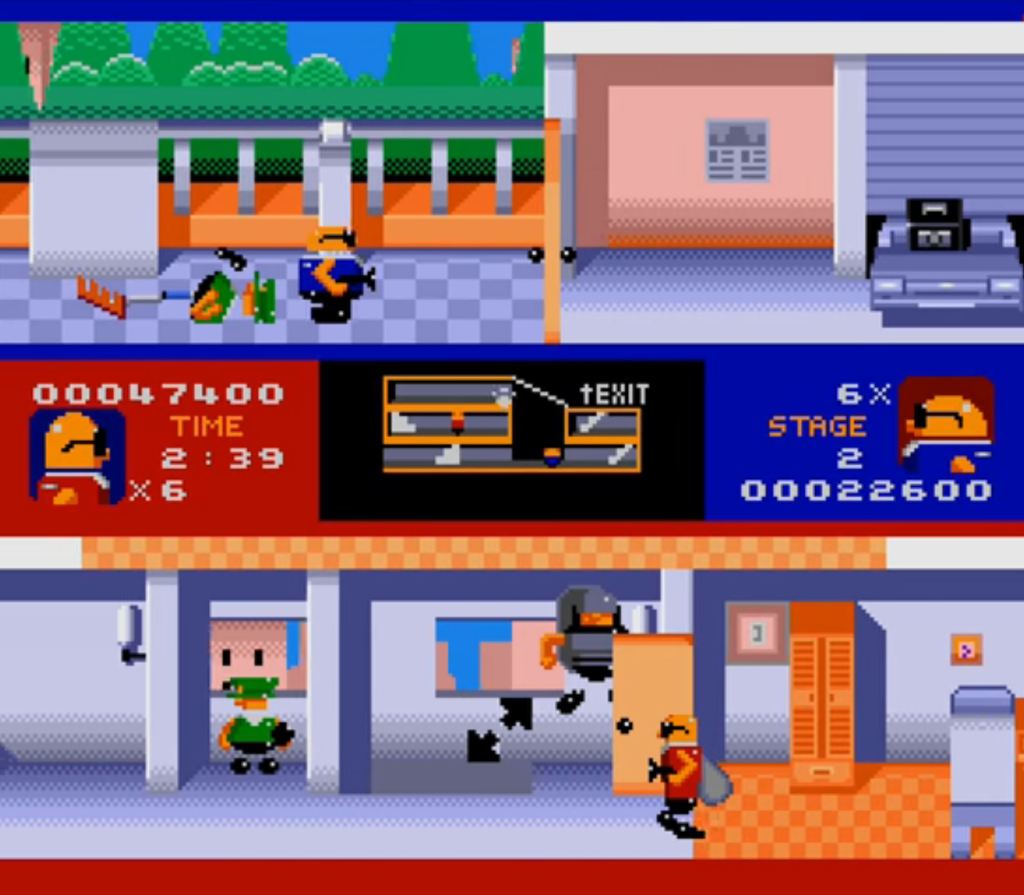
17. Bonanza Brothers
As a stealth-based puzzle platformer that often asks you to dispose of enemies using traps, Bonanza Brothers was certainly a bit different than the average 1991 Genesis game. What really made this one special, though, was its incredible co-op mode.
The way this game utilized a horizontal split-screen interface that allowed co-op players to coordinate their positions on the map meant that you weren’t limited to your partner’s movements. Instead, both players could coordinate to come up with some creative solutions. Granted, the scope of this game’s strategy was relatively limited, but this was an impressive attempt at a pretty bold idea for advanced co-op gameplay.
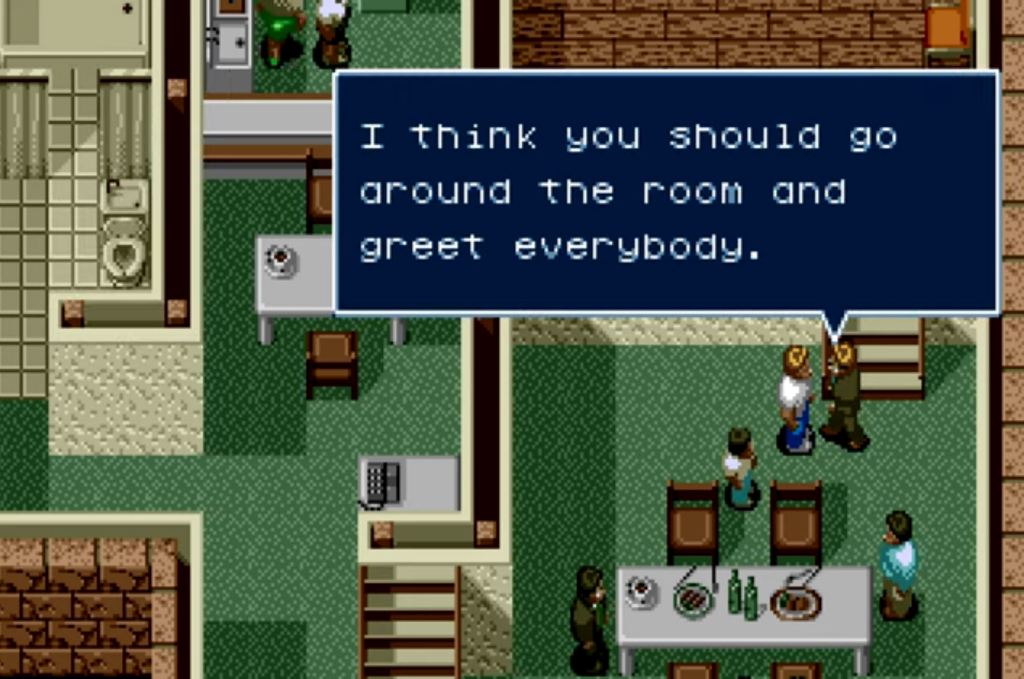
16. Rent a Hero
At the very least, Rent a Hero deserves credit for its advanced ARPG mechanics and strange 2D “fighting game-like” combat sequences. Granted, a lot of this title’s gameplay doesn’t work nearly as well as it could have, but you can clearly see how hard its developers were trying to think outside of the box.
What absolutely works about this game, though, is Rent a Hero’s dark, hilarious, and surprisingly nuanced storytelling. At its best, Rent a Hero is a kind of parody of the superhero genre that still manages to do an excellent job of making you feel like a kind of anti-hero crimefighter. Rent a Hero was playing with the conventions of the superhero genre before playing with the conventions of that genre would become significantly more popular.
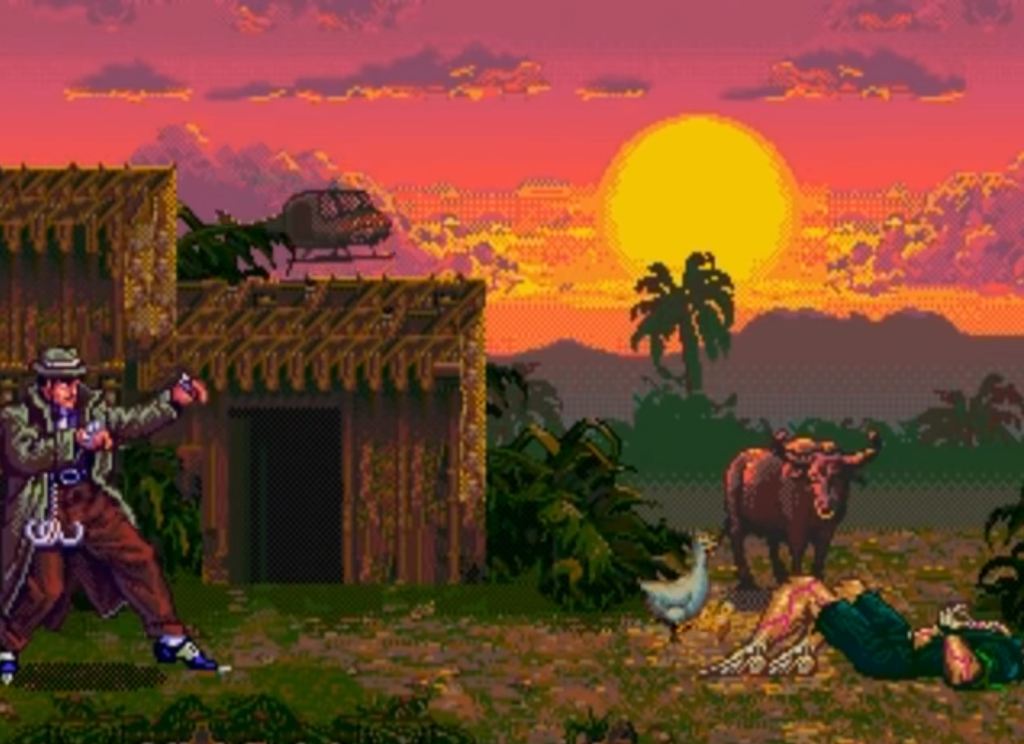
15. Eternal Champions
On the surface, Eternal Champions looks like pretty much every other early ‘90s console fighter. Go beyond your first impressions, though, and you’ll find a game that attempted to reimagine the basics of the genre.
From its groundbreaking “practice room” option to its interactive environments, Eternal Champions was filled with little things that made it so much more than the Street Fighter clone so many early ‘90s fighters aspired to be. Eternal Champions was also surprisingly violent for a console fighter of that era (it puts the console versions of Mortal Kombat to shame in that department), and it featured wonderfully designed characters complete with unique and compelling backstories. Not too many future fighting games directly followed in this one’s footsteps, but a lot of subsequent fighting titles did borrow some of this game’s better ideas.
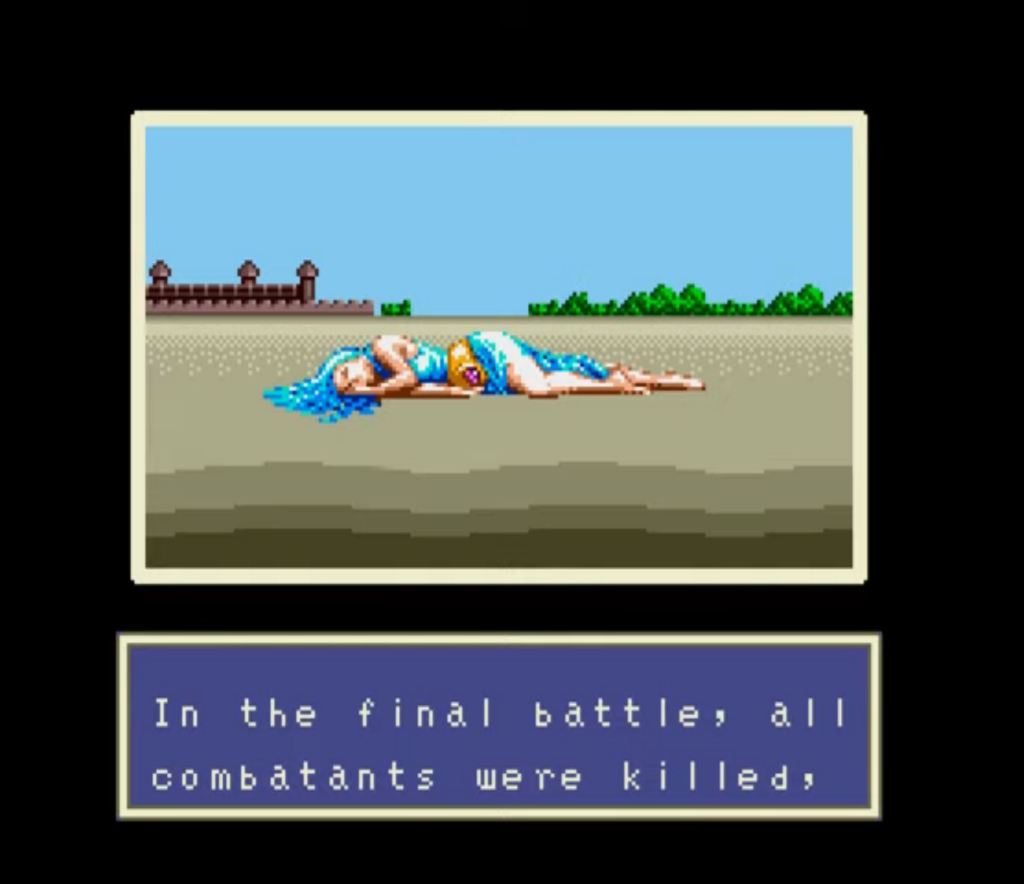
14. Phantasy Star III: Generations of Doom
While you could make a case for any of the Phantasy Star games to appear on this list, Phantasy Star III deserves a lot of love for the audacity of its storytelling.
Phantasy Star III’s multi-generational story allows you to control different groups of characters throughout your adventure that will change based on what life choices you make. What could have easily been a storytelling gimmick soon proves to be so much more. The choices you make not only impact the direction of this RPG’s narrative but the combat options available to you as well. This game obviously inspired other JRPG developers to reexamine their storytelling philosophies and start taking more risks by incorporating dynamic concepts.
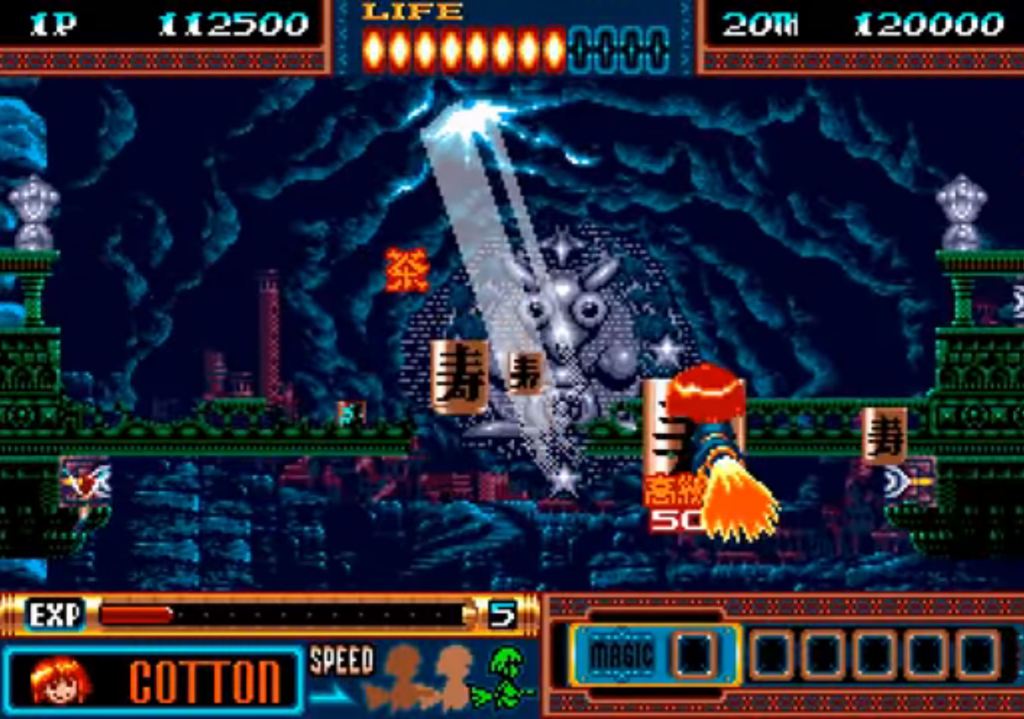
13. Panorama Cotton
If you really wanted to do so, you could certainly find ways that Panorama Cotton’s gameplay distinguished itself from so many other rail shooters available at that time. For instance, it actually let you choose between alternate progression paths, adjust your movement speed on-the-fly, and even level up your weapons along the way. However, this is certainly one example of a game that made it onto this list by virtue of its technical achievements alone.
It might be a little hard to look at today, but I still don’t know how Panorama Cotton’s developers managed to use the Genesis hardware to produce a psychedelic version of Space Harrier that allows you to fly through creative and incredibly detailed pseudo-3D worlds at surprising speeds. While this game performed poorly upon its release, I have to respect the many ways it showed that we never quite know what technical accomplishments a console is truly capable of.
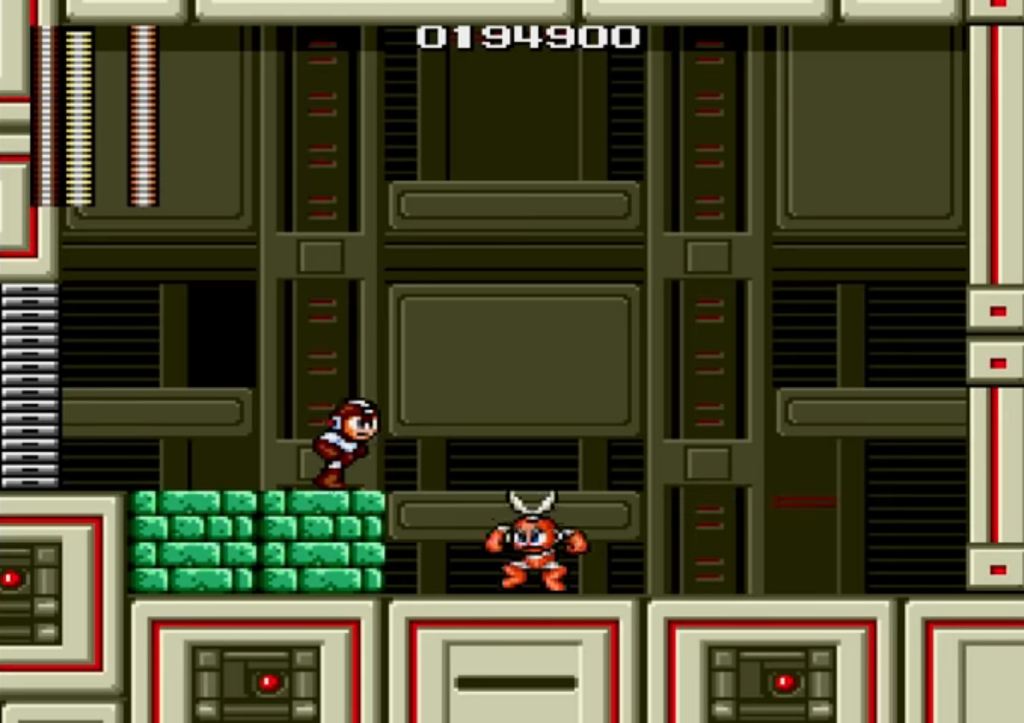
12. Mega Man: The Wily Wars
On the surface, this probably seems like an odd candidate for this list. After all, Mega Man: The Wily Wars is basically a remaster/re-release compilation of the first three Mega Man games, which means that it was very much a game of its time (if not a little behind its time). Strangely enough, though, it’s the fact that Mega Man: The Wily Wars was a remaster/remake of the first three Mega Man games that actually made it ahead of its time.
See, there really weren’t a lot of remasters and remakes of video games at the time that The Wily Wars was released in 1994. This game (along with the Super Mario All-Stars collection, which was released less than a year earlier), was one of the earliest examples of a studio using next-gen hardware to properly reimagine and modernize older titles. These Mega Man ports featured enhanced graphics, much-improved quality-of-life features (like battery saves), and even some substantial new content. The Wily Wars really was a preview of what would eventually become the pretty standard practice of remaking and remastering games across generations.
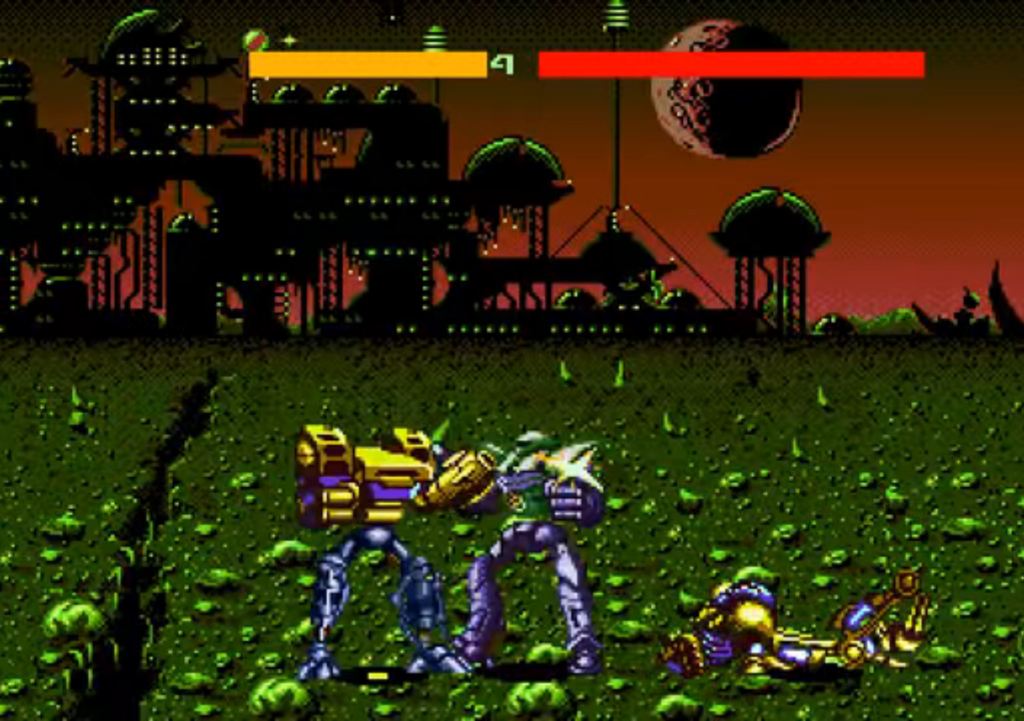
11. Cyborg Justice
It’s hard to deny that Cyborg Justice’s plain visuals and seemingly simple beat-em-up gameplay make a pretty bad first impression. However, you don’t have to spend a lot of time with this game to realize that it’s actually a kind of fighting game/RPG hybrid that just looks like a standard beat-em-up.
Cyborg Justice’s unique character creation system not only lets you craft a customized protagonist from the start but actually upgrade their arsenal by collecting spare parts from the foes you fight along the way. Many of those parts grant you access to new fighting-game-like abilities that drastically alter how your character performs in combat. Honestly, I’m a little shocked we haven’t seen more indie games that try to revive this title’s core combat concepts.
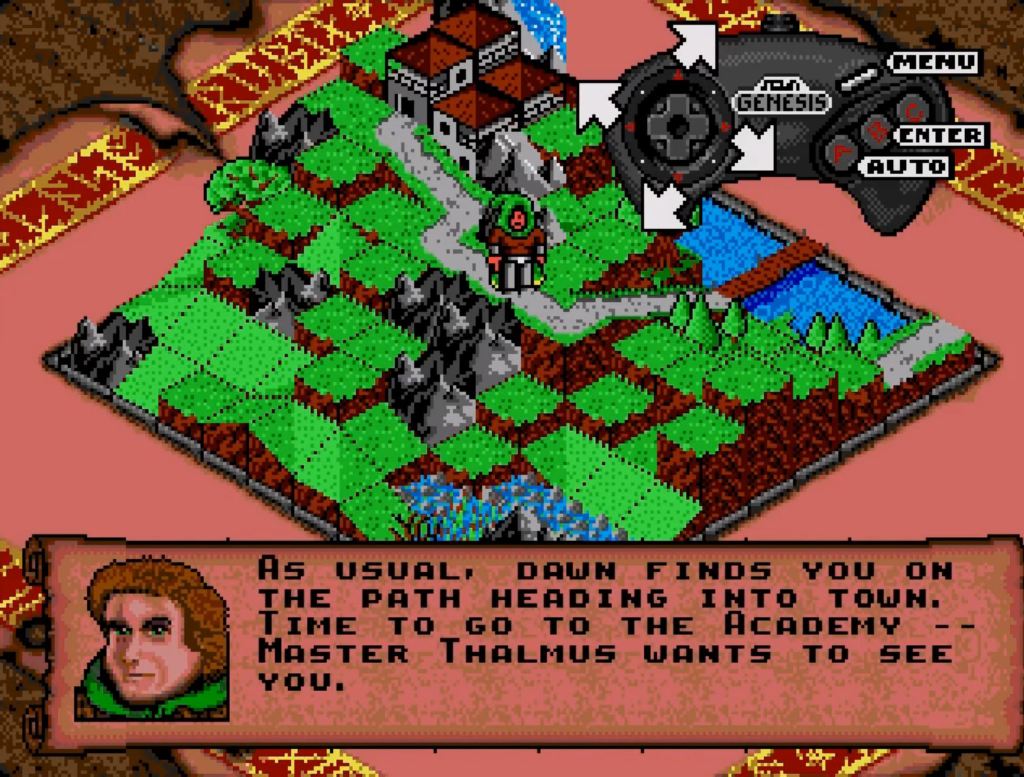
10. Rings of Power
If you’re one of the many who say they tried this game as a kid and just couldn’t get into it…well, it’s impossible to blame you. This massive RPG’s storybook presentation and open-ended gameplay make it one of the weirdest and most complicated RPGs on the Sega Genesis.
In its own way, though, Rings of Power was trying to be an open-world Western RPG before anyone really knew what such a thing would end up looking like. This game asks…no, demands that you find your own solutions and paths in a massive fantasy world where nothing is obvious. It genuinely feels like the best version of Morrowind a studio could have made for a console in 1991.
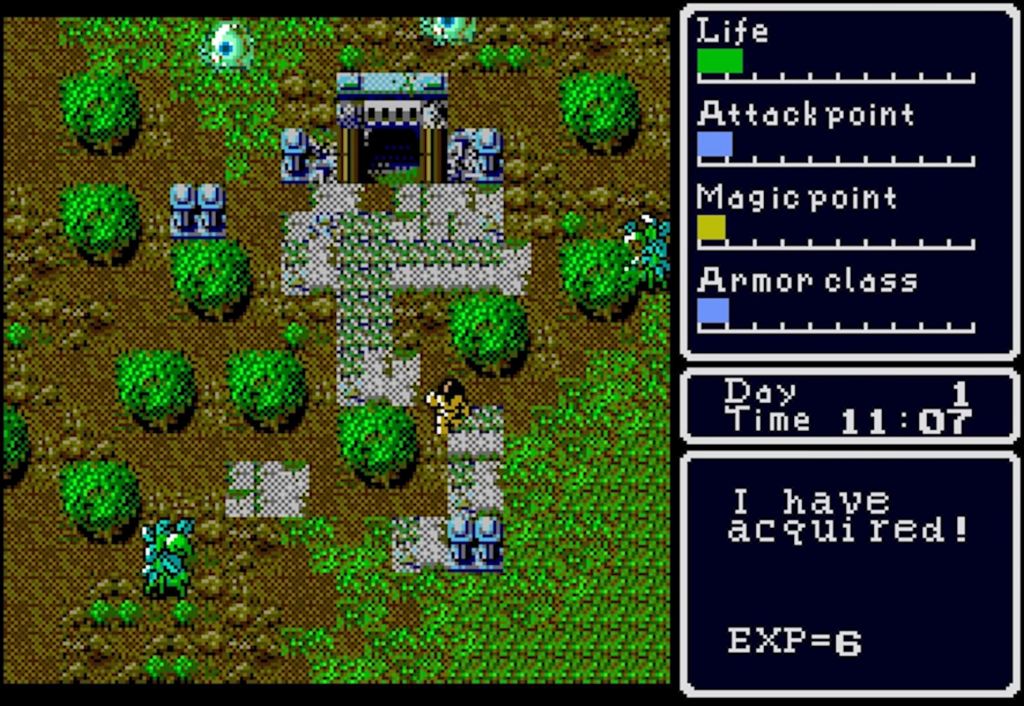
9. Super Hydlide
I’ll give all the credit in the world to developer T&E Soft for trying to port an incredibly ambitious PC RPG to the Sega Genesis. Unfortunately, this port’s weak graphics and many gameplay shortcomings make it clear that console gaming just wasn’t quite ready for this kind of experience.
Still, it’s impossible to deny this game’s ambition. Its fascinating morality system tried to add a little weight to nearly all of your actions, while the game’s survival, inventory weight, and day/night time cycle mechanics made adventuring feel a little more substantial and dangerous than it did in so many other RPGs at that time. It wouldn’t be too long before some of this game’s best ideas crept into bigger (and better) titles, but Hydlide deserves credit for showing how these kinds of experiences didn’t need to be limited to PC platforms for too much longer.
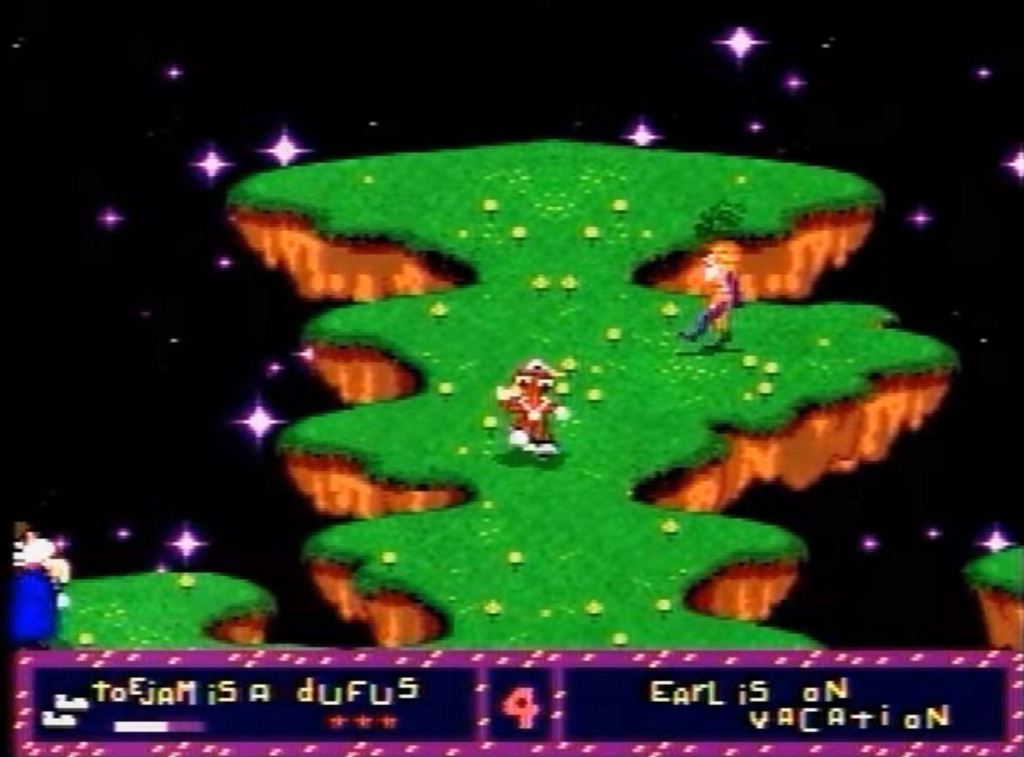
8. ToeJam & Earl
As a kid, I had no idea what to make of ToeJam & Earl. Now that I’m older…well, this game still confuses the hell out of me in so many ways. However, it’s at least now much easier to appreciate what this game was fundamentally trying to accomplish.
ToeJam & Earl is perhaps best thought of as an early roguelike game with collect-a-thon design elements and some pretty ambitious co-op gameplay. It was basically an early attempt to see how far a developer could get by relying on randomized gameplay elements, and the answer at that time was “not quite far enough.” Still, it’s easy to see everything from No Man’s Sky to the best modern roguelike and survival titles in this fascinating project.
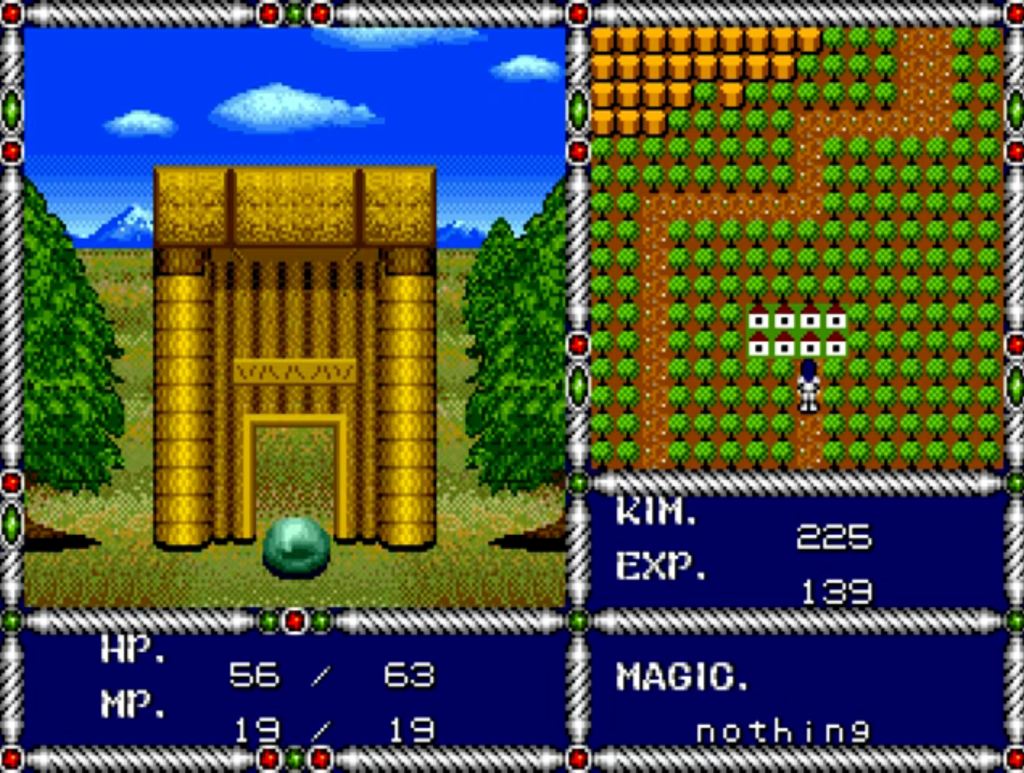
7. Sword of Vermilion
As you’ll no doubt notice from reading this list, the Sega Genesis actually featured quite a few innovative and impressive ARPG adventures. However, few titles in that genre tried to do quite so much, quite so early with the Genesis’ hardware as 1989’s Sword of Vermilion.
By utilizing four different perspectives (an overhead view, a real-time combat “tilted overhead” view, a first-person dungeon exploring view, and a 2D boss battle view), Sword of Vermilion came shockingly close to combining the best of so many different RPG experiences available at that time. It was as epic as a JRPG, as deep as a dungeon crawler, and as mechanically satisfying as an action game. Some of those pieces ultimately worked better than others, but this game still feels so modern in the best ways possible.
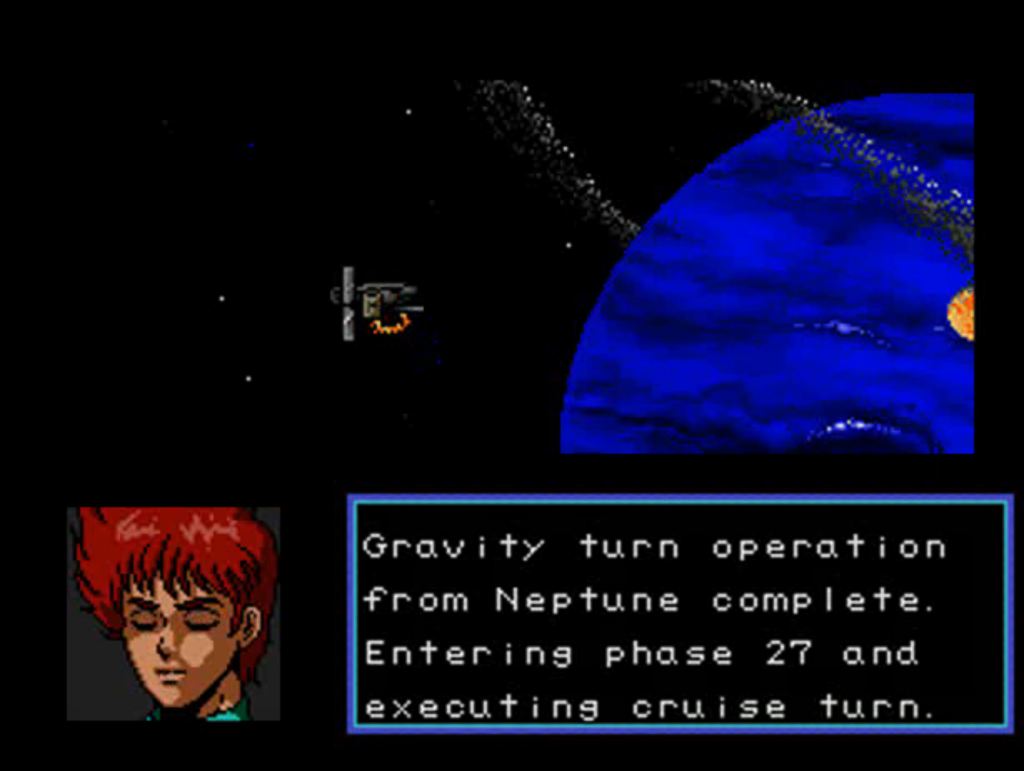
6. Moving Adventure Psy-O-Blade
This ambitious 1990 console port of a 1988 game is basically a sci-fi horror visual novel with rail shooter segments, meta storytelling, progressive themes, and genuinely well-written dialog. In other words, it’s what so many modern indie games are still aspiring to be.
Not everyone is going to be a fan of this title’s lack of traditional gameplay or its visual novel structure. Even those who won’t actually finish this game, though, must surely still appreciate how far it tried to advance the basics of video game storytelling at a time when it often felt like only RPGs were concerned with storytelling as a major selling point.

5. King’s Bounty
King’s Bounty was a turn-based medieval fantasy strategy game initially released for the PC in 1990 and boldly ported to the Sega Genesis in 1991. It sees you command armies, collect bounties, navigate real-time events, and try to overcome a nearly endless series of challenges that are constantly reshaping this game’s massive world.
Widely considered to be the predecessor to the Heroes of Might and Magic series, King’s Bounty was essentially a game ahead of its time that birthed another franchise that was often ahead of its time. The Heroes of Might and Magic franchise would improve upon many of this game’s core concepts, but King’s Bounty remains impressively playable for a game that was so clearly ahead of its time.
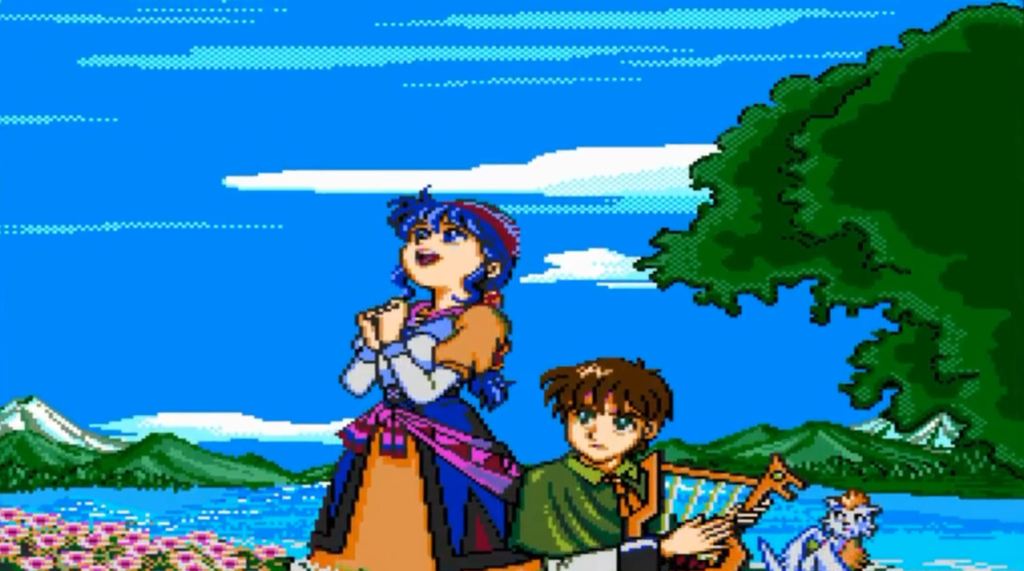
4. Lunar: The Silver Star
While the Sega CD often failed to deliver on even a fraction of its potential, the add-on occasionally offered console gamers a glimpse into the future of the medium. There are few better examples of the Sega CD making good on its biggest promises than 1992’s Lunar: The Silver Star.
While Lunar’s gameplay didn’t subvert too many JRPG expectations, the game’s presentation was nothing short of astonishing. Highlighted by its anime-like cutscenes that even featured full voice acting, this game felt light years ahead of everything else out there in terms of its cinematic storytelling. Granted, it’s all kind of rough by modern standards, but Lunar: The Silver Star featured the same kind of cinematic presentation and storytelling style that would later turn RPGs like Final Fantasy 7 into mainstream hits.
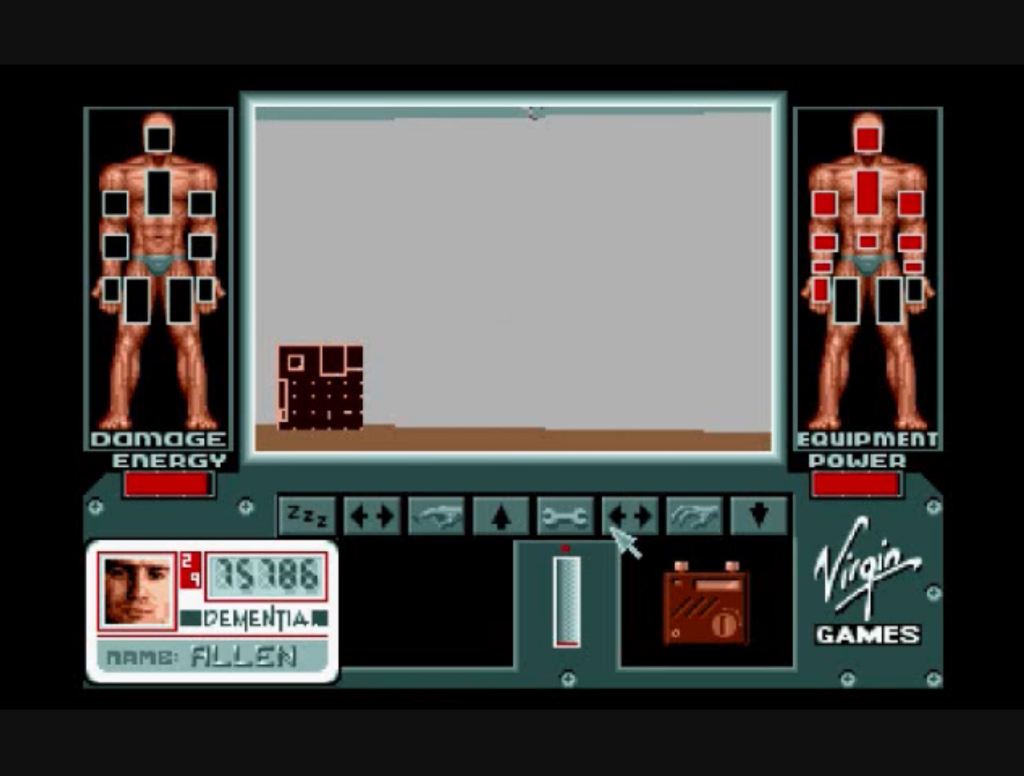
3. Corporation/Cyber-Cop
Corporation (or Cyber-Cop, as it was known in North America) was an FPS RPG featuring extensive character customization options, stealth/hacking solutions, a body part-based damage system, and even a massive arsenal of ability granting equipment. In other words, it was basically a precursor to games like Deus Ex and System Shock that actually ran surprisingly well on the Sega Genesis in 1992.
While this game’s painfully bland visuals and rough early FPS controls make it pretty obvious why it never really got the respect it deserved in its day (or even in the years since), it’s truly astonishing to play this game now and realize just how right it was about basic ideas that would eventually form the immersive sim genre. This is the perfect example of a game that was conceptually more advanced than the technology that powered it.
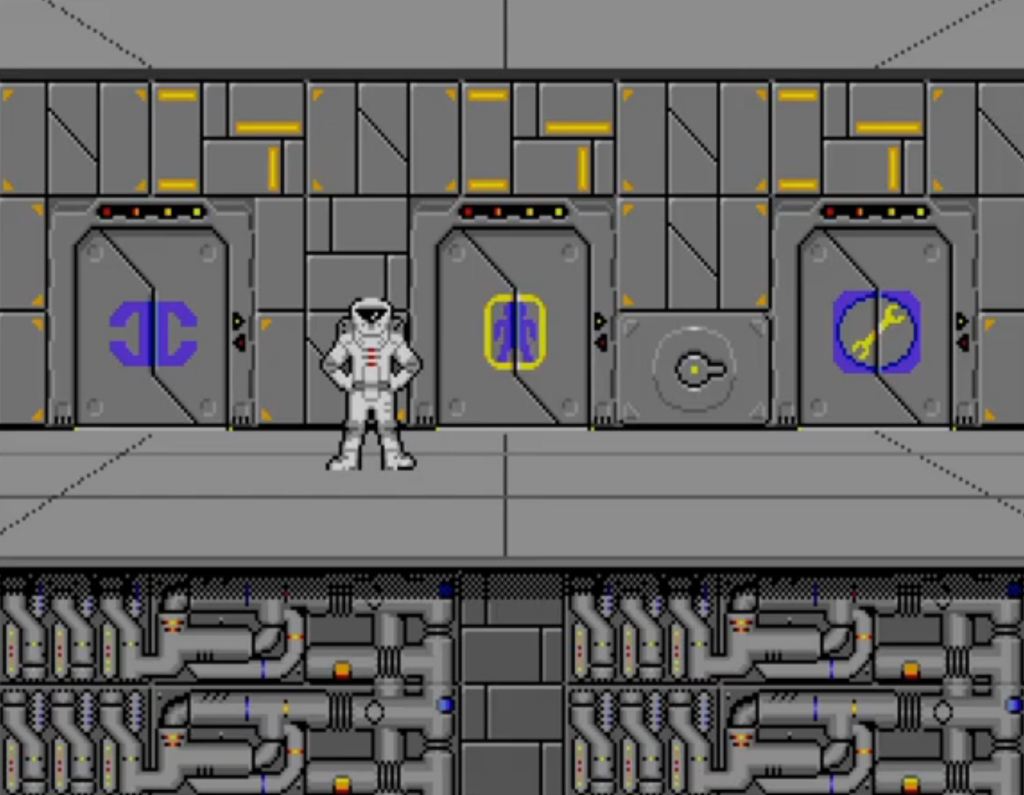
2. Starflight
Starflight usually comes up whenever games ahead of their time are discussed, and it’s not hard to see why. After all, it was essentially an open-world sci-fi RPG released for the PC in 1986 and ported to the Genesis in 1991. Yet, it’s when you start to look at Starflight’s finer details that you really begin to appreciate just how ahead of its time this game really was.
Starflight didn’t just let you explore a massive galaxy at your leisure; it offered dynamic ship customization options, an expandable crew, choice-based dialog, and even mining and trading systems. It’s like someone went back in time and thought, “I wonder if I could get a version of No Man’s Sky meets Mass Effect to run on an ‘80s PC and then get the whole thing to run on a console?” Future entries in this genre would later rely on menus and simplistic overhead maps less than this game did, but Starflight’s heart was certainly in the right place.
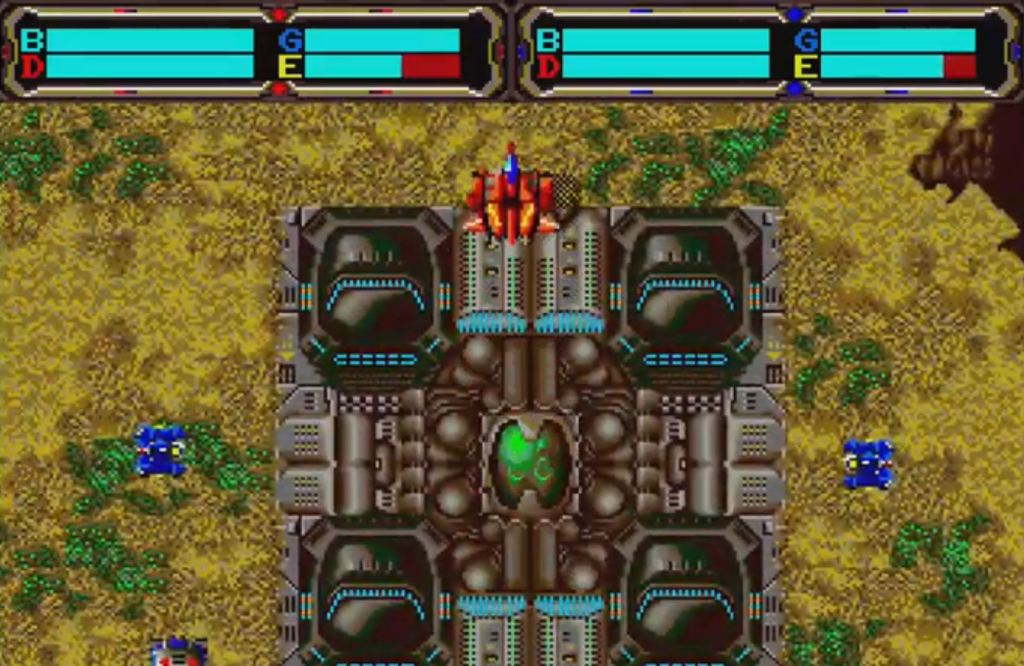
1. Herzog Zwei
Anyone familiar with massive Sega Genesis probably went into this list knowing that Herzog Zwei would be at or near the top of it. Ultimately, it was hard to deny the top spot on this list to a 1989 console game that basically helped create the real-time strategy genre and effectively served as an early example of a MOBA game.
Herzog Zwei sees you directly control a transforming mech as you fly around a large map. As you navigate the game’s large map, you’re able to create and command additional military units. Capturing additional outposts rewards you with the resources you’ll need to conquer the battlefield and win the fight in both single and multiplayer modes.
Again, all of that would sound pretty standard if we were talking about any ‘90s PC RPG, but the idea of a console game featuring all of those design concepts before the words “real-time strategy” were even a thing is simply wild. At a time when the Genesis was still thought of as the console of choice for fans of more arcade-like experiences, Herzog Zwei let everyone know that Sega’s console was also going to be challenging and shattering a lot of expectations.
